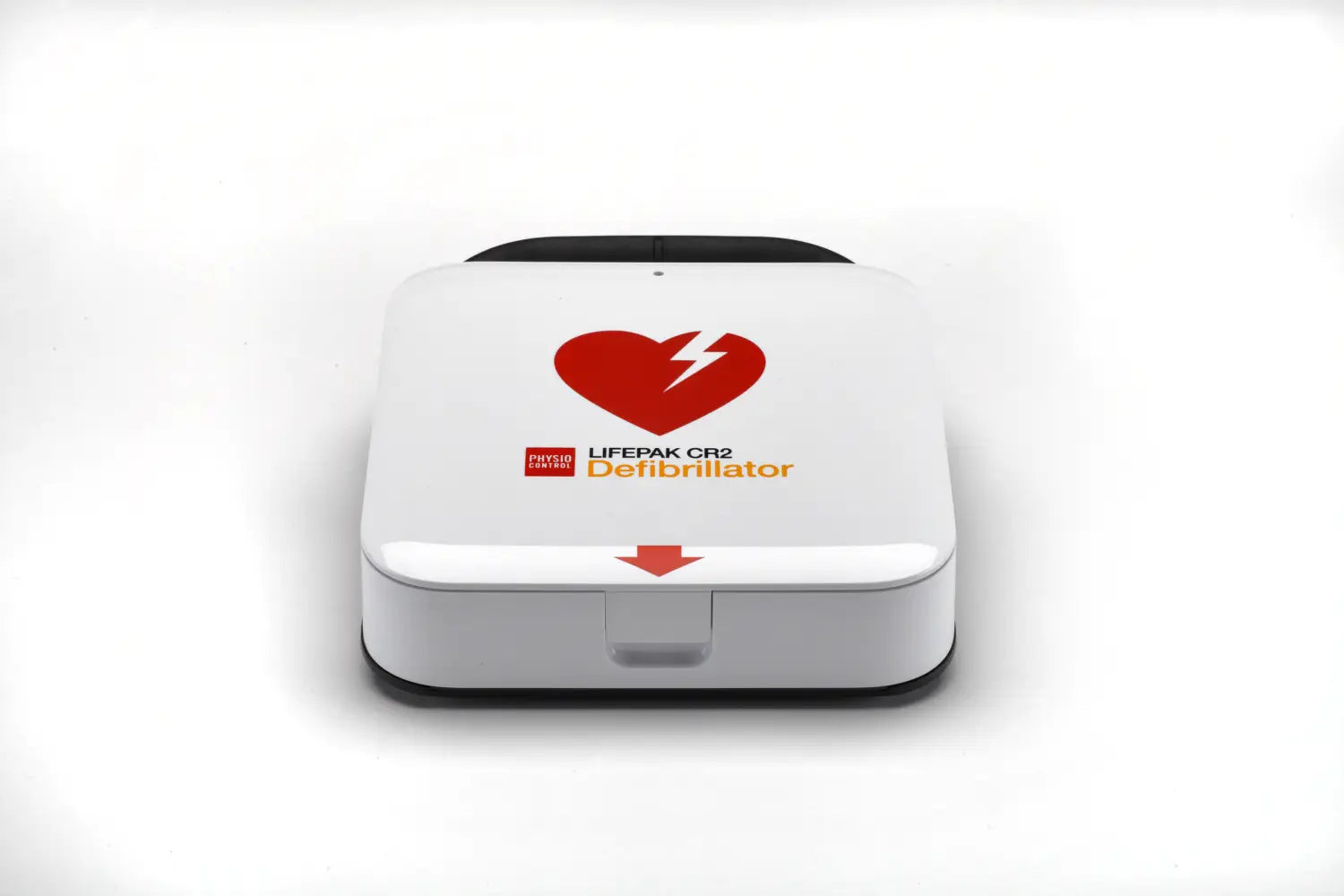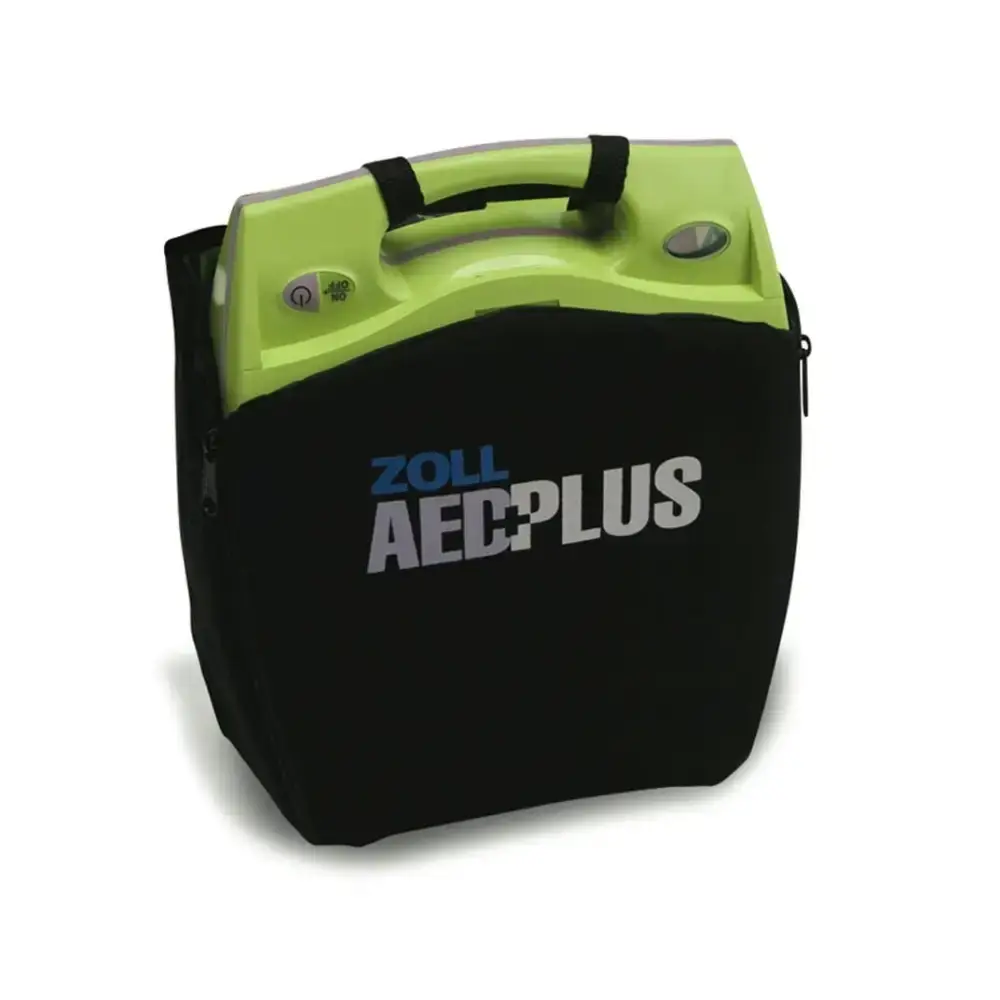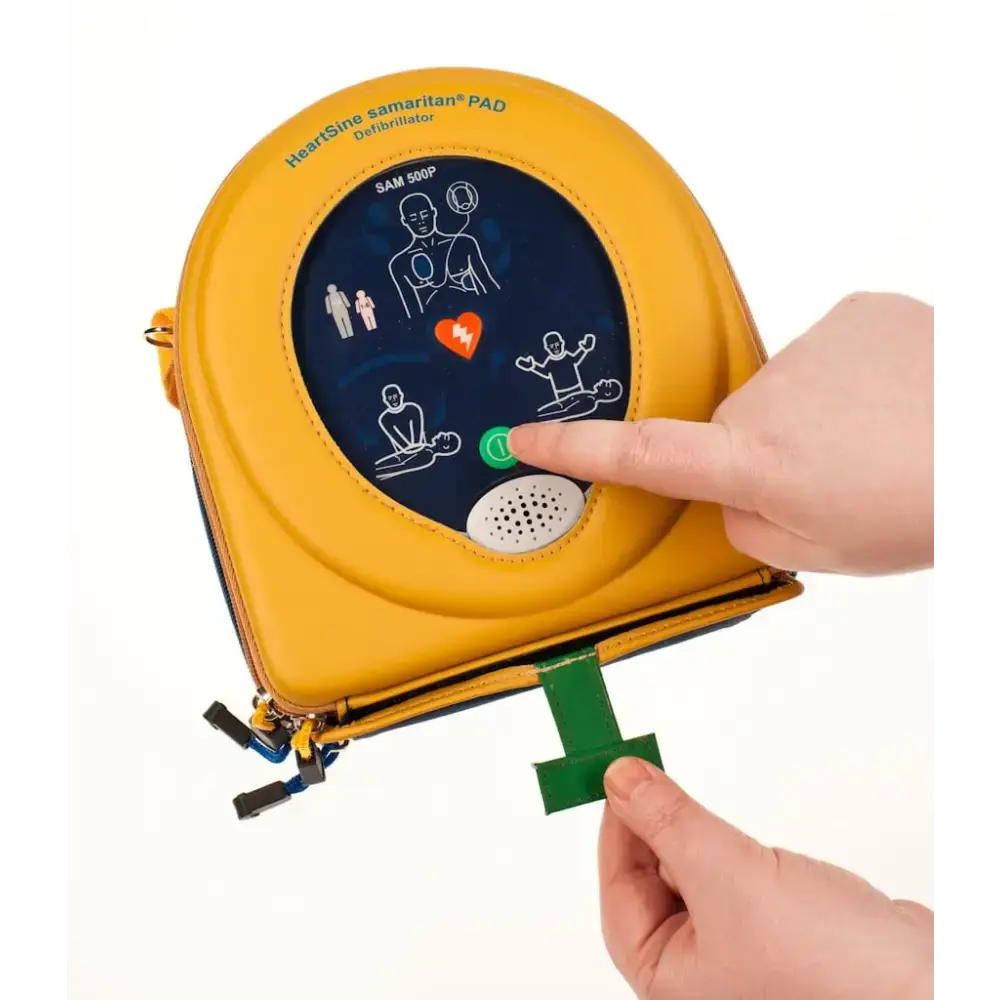Saving Lives
Every minute counts during a cardiac emergency. When someone experiences sudden cardiac arrest, their survival depends on immediate intervention. While Canadians pride themselves on a fully accessible public healthcare system, there's a critical gap in emergency response that costs thousands of lives annually: the accessibility of Automated External Defibrillators (AEDs).
The Life-Saving Potential of AEDs in Canada
Each year, approximately 50,000 Canadians experience sudden cardiac arrest outside of hospital settings. Sadly, less than 10% survive. However, research suggests that widespread AED availability could dramatically improve these statistics.
When an AED is used within the first three minutes of cardiac arrest, survival rates can increase from less than 10% to over 70%. If Canada could achieve optimal AED coverage and usage, experts estimate that up to 25,000 lives could be saved annually.
https://aed.ca/products/stryker-physio-cr2-semi-auto-english-wifi

Finding an AED Near Me: The Current Reality
Despite their life-saving potential, locating an "AED near me" remains challenging for many Canadians. Urban centers typically have better coverage than rural areas, creating a geographical disparity in access to these critical devices.
Several provinces have created AED registries and mobile apps to help locate the nearest device during an emergency. However, these registries often remain incomplete, and many Canadians are unaware of how to access this information quickly during an emergency.
AED vs. CPR: Understanding the Difference
While CPR (Cardiopulmonary Resuscitation) remains vital, it's important to understand the relationship between CPR and AEDs:
- CPR provides temporary blood circulation but doesn't restart the heart
- AEDs can restore normal heart rhythm in cases of ventricular fibrillation
- The combination of CPR and AED use provides the best chance of survival
- For every minute without defibrillation, survival chances decrease by 7-10%
Together, these interventions create a critical chain of survival, but AEDs specifically address the underlying electrical problem in many cardiac arrests.
How to Use an AED: Simpler Than You Think
Some Canadians hesitate to use AEDs due to concerns about proper usage. However, modern AEDs are designed to be user-friendly:
- Turn on the AED
- Follow the voice prompts
- Attach the pads to the person's chest as directed
- Allow the AED to analyze the heart rhythm
- Stand clear if the AED advises delivering a shock
- Continue CPR as instructed by the device
Modern AEDs will not deliver a shock unless it's needed, making them safe for untrained users to operate in emergencies.
AED Certification: Building Confidence and Competence
While AEDs can be used without training, obtaining AED certification significantly improves confidence and effectiveness. Many organizations across Canada offer combined CPR and AED training programs, typically completed in a single day.
Certification programs teach proper AED use, maintenance, and integration with CPR protocols. They also address common concerns and misconceptions that might prevent someone from using an AED during an emergency.
The Cost Factor: AED Price in Canada
The AED cost in Canada typically ranges from $1,595 to $2,500 for basic models suitable for home or small business use.
While this represents a significant investment, some organizations offer grants or subsidy programs to increase AED accessibility. Some insurance providers also offer discounts to businesses that install AEDs, recognizing their potential to save lives and reduce liability.
https://aed.ca/products/stryker-heartsine
AED Requirements: Legal and Practical Considerations
Several provinces have enacted legislation requiring AEDs in specific public spaces, such as schools, recreational facilities, and government buildings. However, comprehensive national standards regarding AED placement remain limited.
The Heart and Stroke Foundation recommends:
- AEDs should be placed where they can be reached within a 3-minute round trip from any location
- Devices should be clearly marked and accessible during all hours of operation
- Regular maintenance checks should be performed according to manufacturer guidelines
- Staff should receive basic training on device location and usage
The Rise of Portable AED Options
Technological advances have led to increasingly compact and portable AED options. These smaller devices make it practical for:
- Remote workplaces
- Outdoor sporting events
- Home use for high-risk individuals
- Emergency vehicles
- Isolated communities
Portable AEDs maintain the same effectiveness as larger units while offering greater flexibility in placement and transportation.

https://aed.ca/products/zoll-aed-plus-fully-automatic-aed-with-cover
AED.ca and Other Resources: Finding Support
Organizations like AED.ca provide comprehensive resources for individuals and organizations seeking information about AED purchase, maintenance, and training.
Additionally, the Heart and Stroke Foundation offers guidance on optimal AED placement, training programs, and advocacy efforts to increase AED accessibility across Canada.
The Path Forward: Creating an AED-Ready Canada
To realize the full life-saving potential of AEDs in Canada, we need a multifaceted approach:
- Increased public awareness campaigns about AED locations and usage
- Expanded legislation requiring AEDs in public spaces
- Financial incentives for businesses to install and maintain AEDs
- Integration of AED locations into emergency response systems
- Regular AED training as part of workplace safety programs
By addressing these areas, we can move toward a future where sudden cardiac arrest doesn't have to be a death sentence.

Conclusion
The mathematics of survival are clear: widespread AED accessibility could save thousands of Canadian lives annually. While progress has been made, significant gaps remain in our emergency response infrastructure.
By understanding the importance of AEDs, knowing how to use them, and advocating for greater accessibility, every Canadian can contribute to building a safer, more responsive system for cardiac emergencies. The technology exists—now we must ensure it reaches those who need it when every second counts. Contact AED.ca for more information. https://aed.ca/







